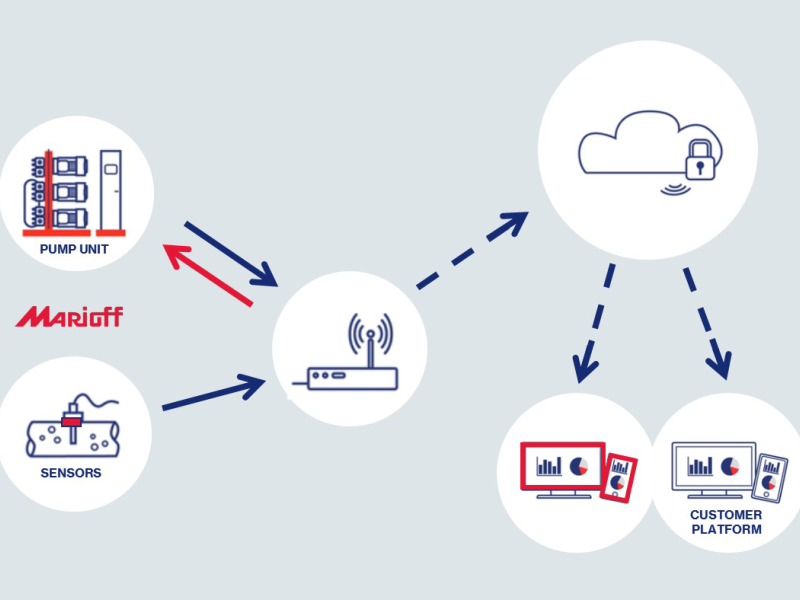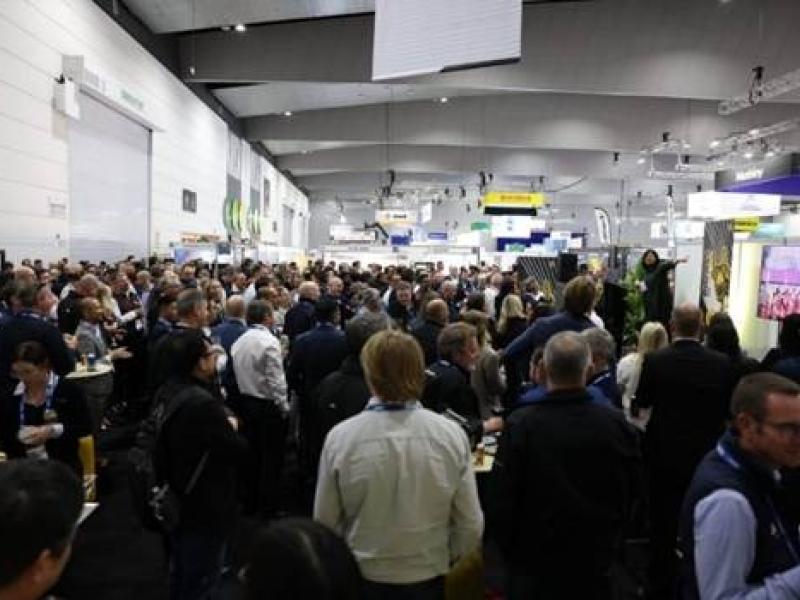This type of convergence influences how monitoring should be done; previously, OT would be monitored either by a system within or connected to the machines or devices, or from an industrial control system. Meanwhile, IT would be monitored with traditional monitoring tools. In addition, IIoT devices had their own dashboards for monitoring anomalies for faults and predictive maintenance.
With this type of converged infrastructure, monitoring needs to be merged into a ‘single pane of glass’. This will allow organisations in the industrial sector to not only reduce complexity and infrastructure costs, but they will also be able to ensure infrastructure availability.
What needs to be monitored?
Data is essential to manage production processes effectively and needs to be gathered, analysed and utilised at all levels, from the operational technology on the factory floor and the IT systems across the wider business.
Typically, OT, such as industrial or distributed control systems, remote terminal units, production machines, and industrial PCs, has been self-contained, with little need to connect or interact with the outside world. This means that devices that were previously isolated all now need to be connected to data collection systems.
New industrial PCs (IPC), Remote Terminal Units (RTU) or Programmable Logic Controllers (PLC), which are digital PCs, all use protocols to connect to the cloud or other data collection systems. The hardware itself is also becoming more consolidated as single computers like industrial PCs can perform the same functions that would previously require multiple devices.
All of this has resulted in industrial edge devices becoming data aggregation points that are connected to various systems, and they form an essential part of a solution that monitors infrastructure. The real challenge with monitoring a converging industrial infrastructure is to bring various metrics into a single view.
Bringing various metrics into a single pane of glass
Essentially, the challenge of managing a merging industrial infrastructure is that the team responsible for monitoring needs an overview of the traditional IT elements, the OT elements like the gateway devices, and other metrics from Industrial Internet of Things (IIoT) devices. The role of these industrial edge devices and gateways makes them a vital part of an industrial monitoring strategy.
Monitoring teams need to instantly see if there is a problem with an industrial control system, such as an IPC: health statistics such as RAID (Redundant Array of Independent Disks), storage, CPU (Central Processing Unit) usage and fan rotation are metrics that can help avoid stoppages to production. At the same time, they need to understand the implications of environmental conditions such as if the humidity level gets too high in certain areas, or if a high temperature might be indicating that cooling processes are not sufficient.
Emerging protocols and standards
So where does the potential solution lie for monitoring this converged infrastructure in a centralised way? Part of the solution lies in the protocols and standards that are developing and increasing in prevalence in industrial infrastructure.
Many industrial control systems permitted SNMP (Simple Network Management Protocol) access historically, but many also only provide access through Fieldbus protocols like Modbus TCP (Transmission Control Protocol). MQTT (Message Queuing Telemetry Transport) is often used to communicate upstream from the industrial edge device to a data centre or the cloud. Factory infrastructure is also seeing an increase in adoption of OPC UA (Unified Architecture from OPC), an open, cross-platform, service-oriented architecture for industrial automation.
A monitoring solution in a converged industrial environment will need to understand these common communication protocols and standards used in many industrial settings.
Requirements for monitoring industrial infrastructures
If the objective is to bring as many metrics as possible into a single overview or “single pane of glass”, then there are several key requirements to enable centralised holistic monitoring in an industrial environment.
Centralised monitoring must be vendor-agnostic so that it brings elements of IT and OT into one view with dashboards with IT, OT, and IIoT metrics delivered in the same place, as well as specialised dashboards for each user group. This will mean that it can automatically deliver notifications to the right team when failures occur across the infrastructure.
As the worlds of operational and information technology merge, there is a much greater need for integration and a more holistic view of how enterprise systems and machines are working independently and together. Centralised monitoring will be able to give greater insights into how critical systems, applications and machines are performing, allowing industrial sites to identify potential issues and undertake preventative measures before they become major problems.






